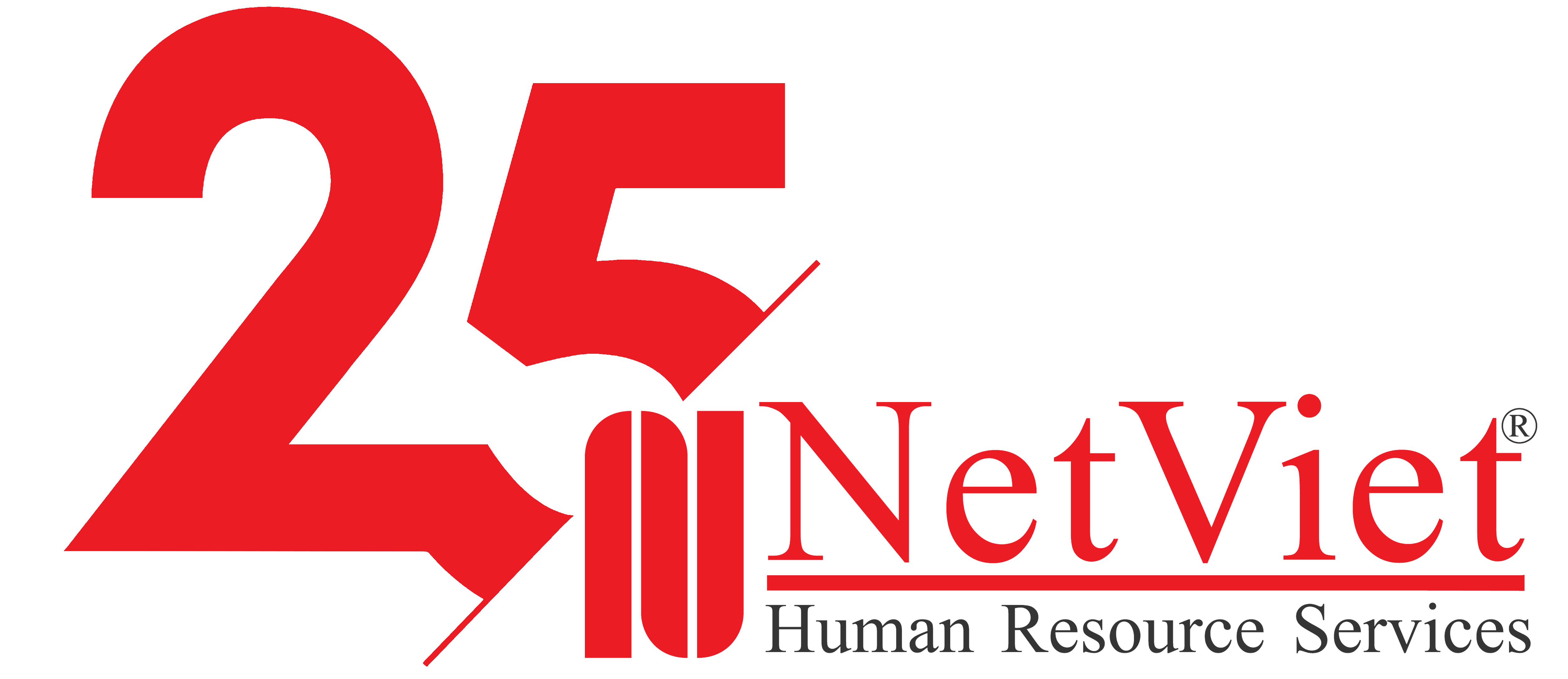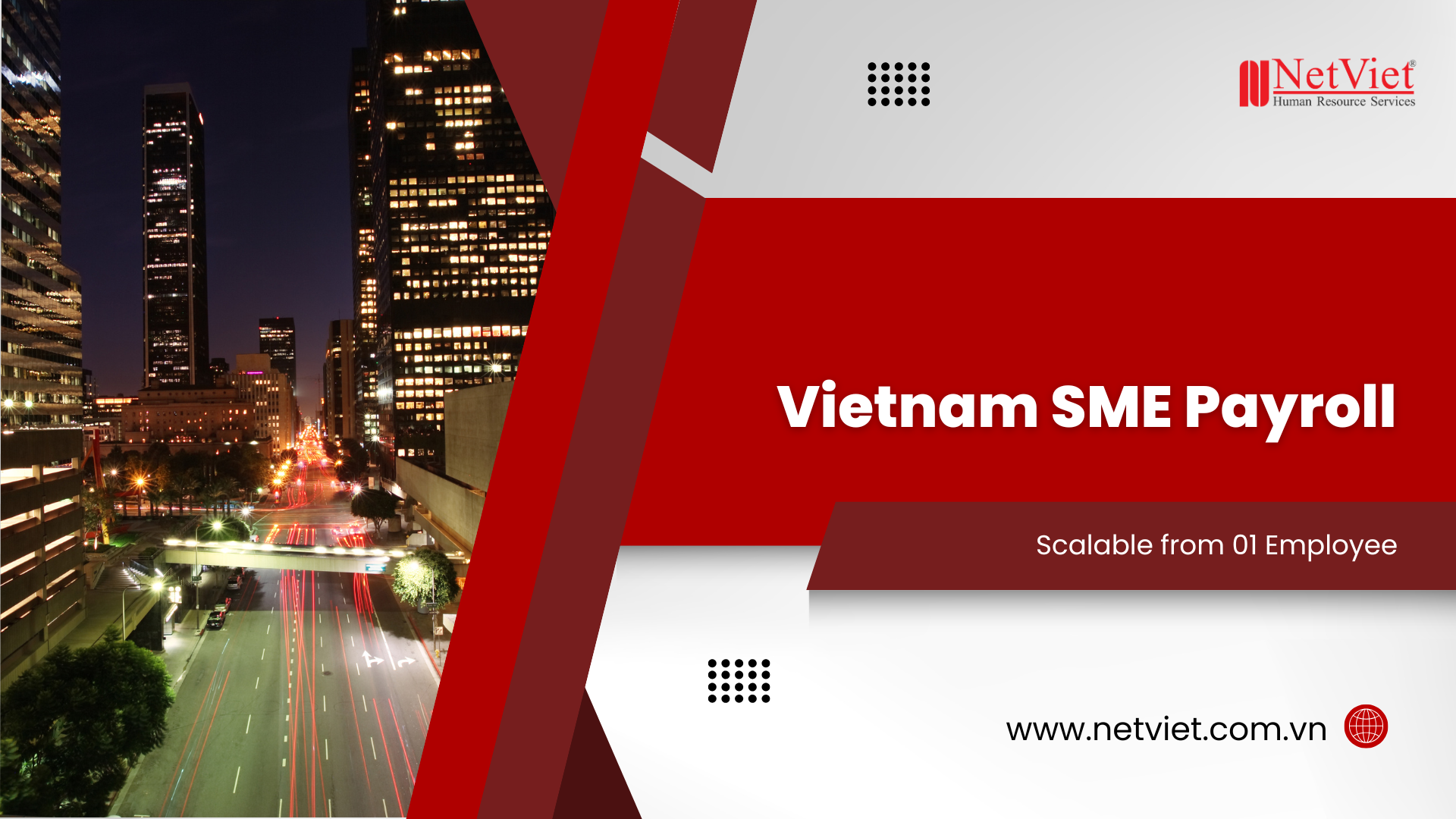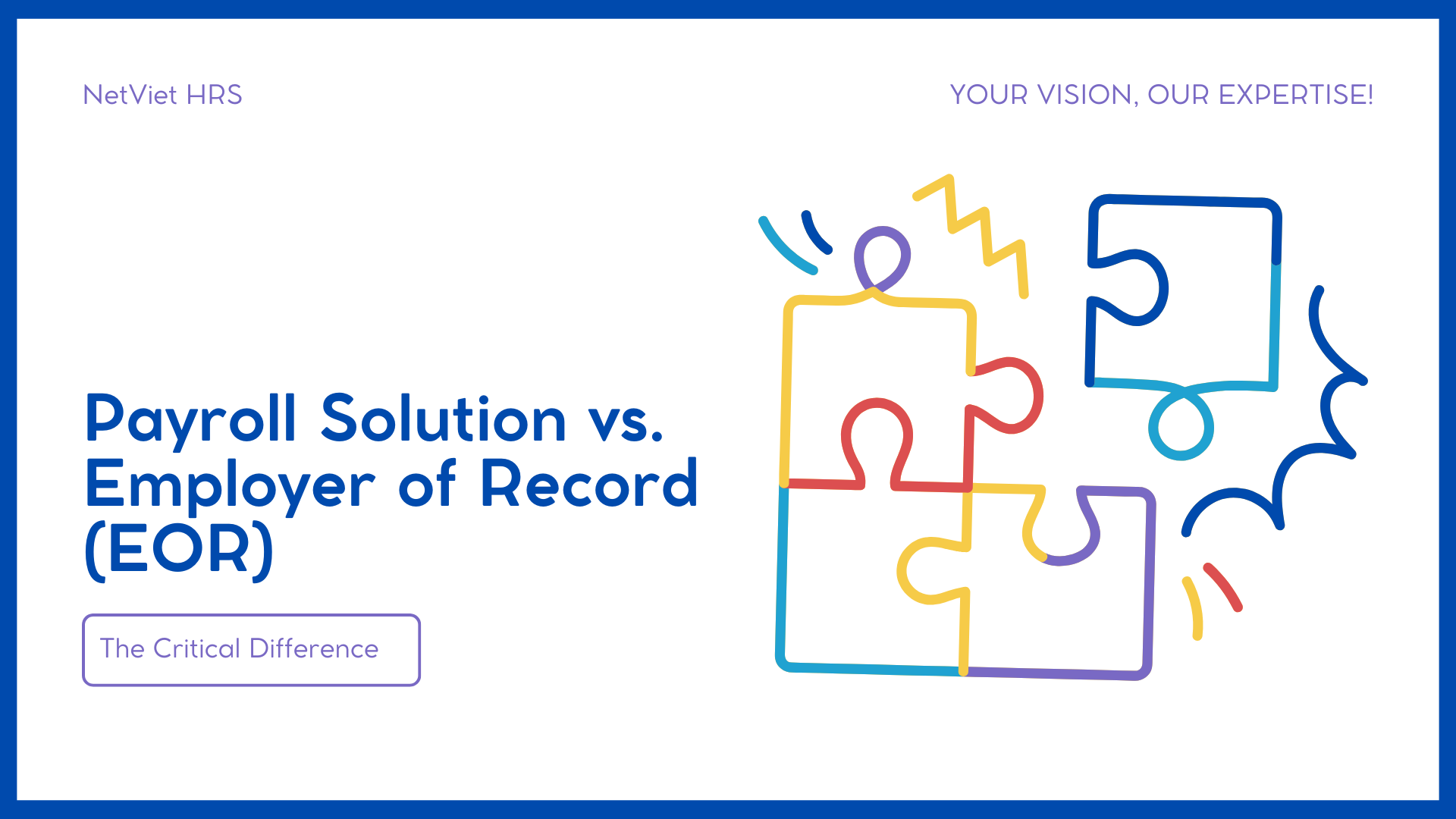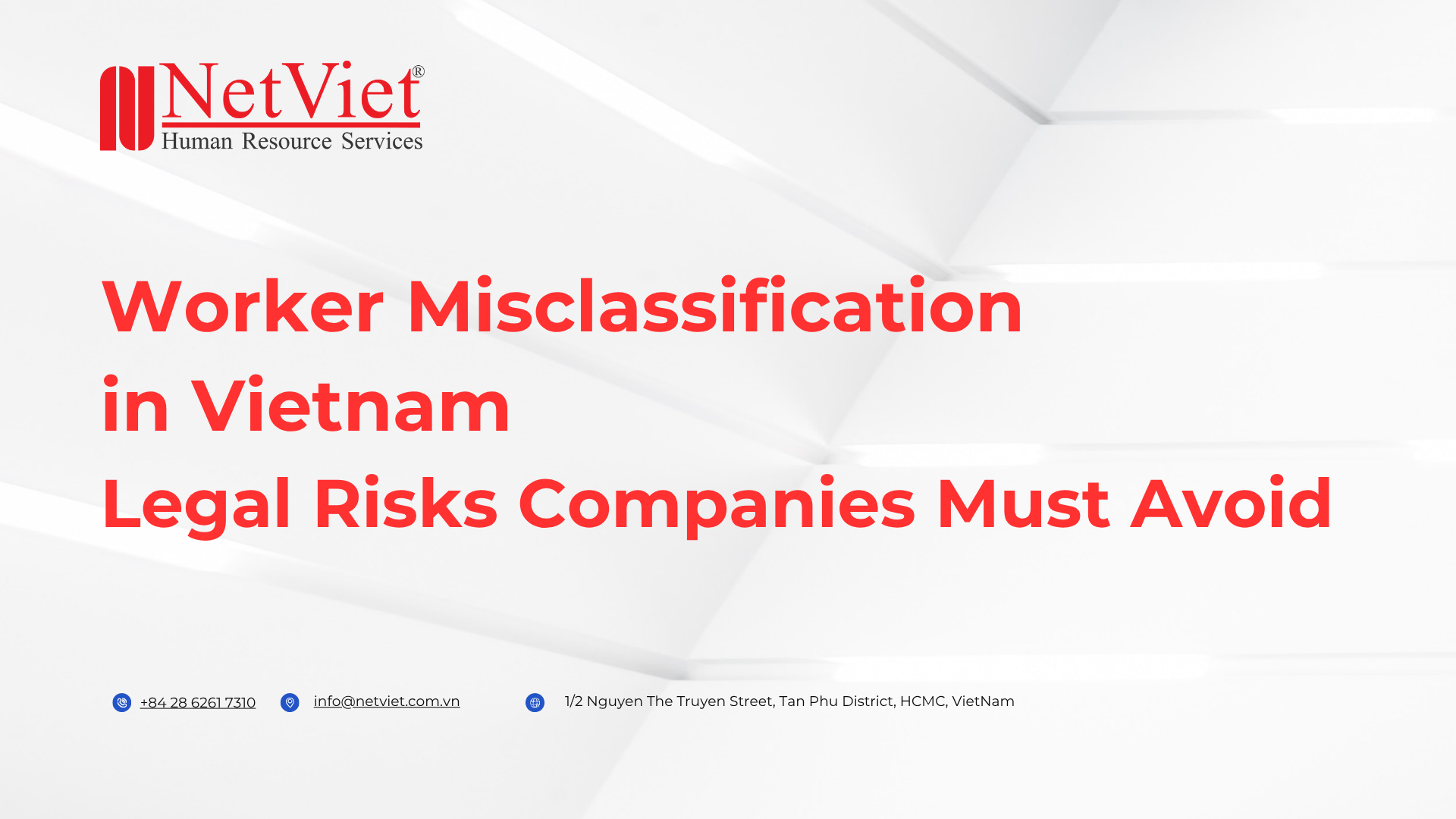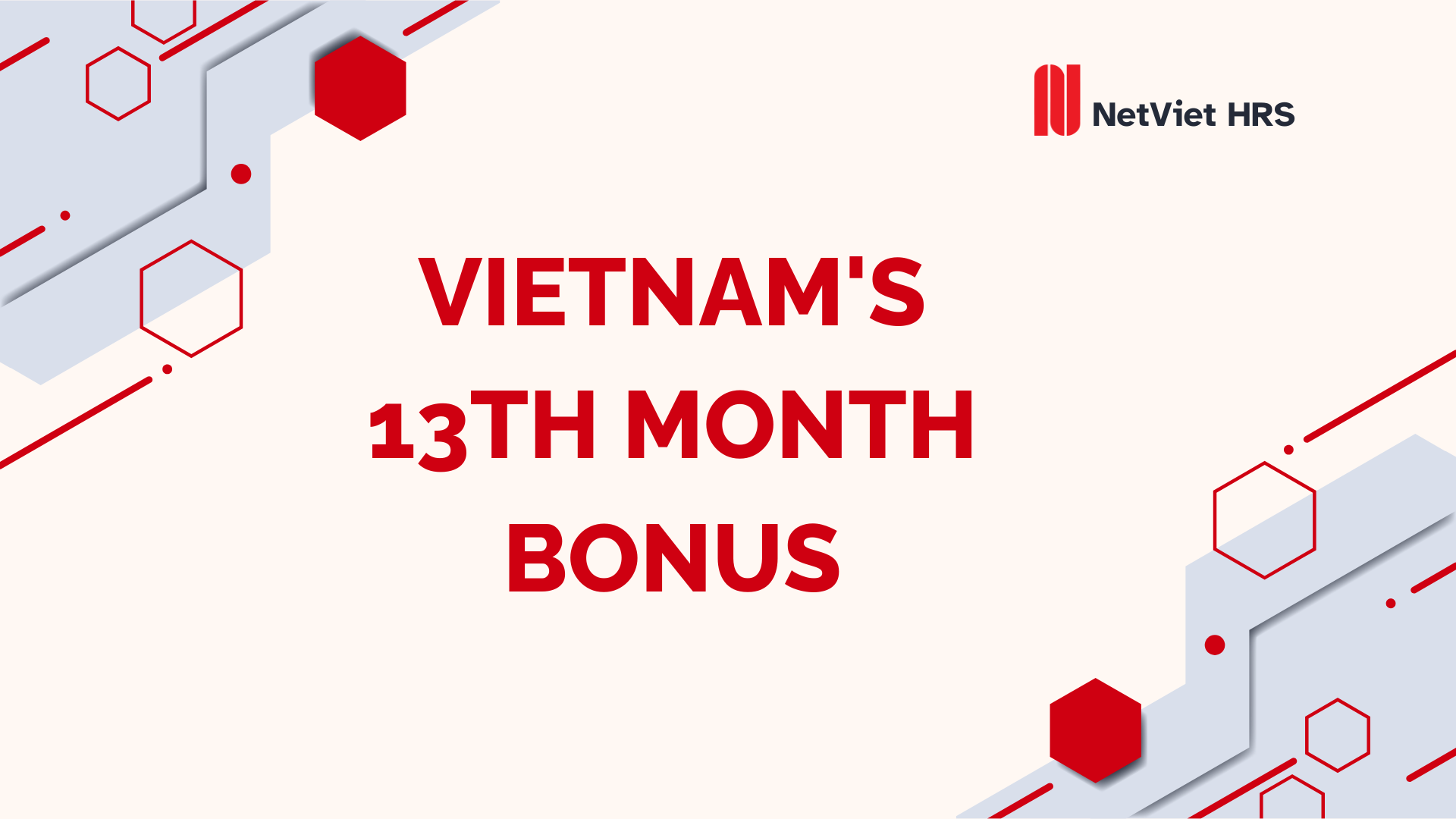Accurately distinguishing between allowance and expense is essential for proper accounting, tax compliance, and employee management. In some cases, expenses may be mistakenly or intentionally reclassified as allowances, which can lead to tax issues, financial inaccuracies, and compliance risks. Understanding why this happens and how to correctly classify payments helps protect both your business and your employees. This article clarifies the differences between expenses and allowances, explains the potential consequences of misclassification, and offers guidance on maintaining clear, compliant financial practices.
Table of Contents
Toggle🔹 What is an Allowance?
An allowance is a fixed amount of money that a company provides to an employee to help cover expected costs related to their job or personal needs. This money is paid in advance at regular intervals, regardless of whether the employee spends it or not. For instance, a company may offer a telephone allowance or a set amount for meals (such as lunches or parties). The employee decides how to use the funds and typically doesn’t need to show receipts or proof of spending.
From a tax perspective, many countries consider allowances as taxable income, which we will explain further in Part 2. They are designed to cover estimated expenses without requiring employees to track every minor cost. In Vietnam, for example, tax authorities do impose taxes on certain allowances.
🔹 What is an Expense?
An expense refers to money that an employee actually spends on behalf of the company and later gets reimbursed for. These are real, traceable costs for business purposes such as traveling for meetings, meals, or fees for attending seminars and workshops. The company must prove that the spending qualifies as a legitimate business expense, since tax agencies may reject it if it’s not clearly relevant to business operations.
To get reimbursed, employees must submit receipts or invoices as evidence of their spending.
Therefore, it is essential to proactively educate employees about proper expense handling, including:
-
Which transactions qualify for tax-free reimbursement
-
What documentation they need to collect from vendors (e.g., receipts, tax invoices)
-
Clear expectations for both company and country-specific requirements
Meanwhile, the internal accounting team must promptly double-check all submitted receipts or invoices before filing them with the tax authorities. Timely processing can help the company avoid potential penalties.
Unlike allowances, expenses are usually not taxed, since they represent reimbursements for actual business-related spending. Nevertheless, it remains crucial to document these transactions properly for accurate tax reporting and accounting compliance.
🔹Key Differences Between Allowance and Expense
| Aspect | Allowance | Expense |
| Definition | Fixed sum paid to cover estimated costs | Reimbursement for actual costs incurred |
| Payment Basis | Paid regardless of actual expenditure | Paid only after expense is incurred and verified |
| Documentation | Usually no receipts required | Receipts and proof of payment are required |
| Employee Control | Employee discretion on usage | Must spend specifically for business |
| Tax Treatment | Often taxable as income depending on jurisdiction | Generally non-taxable if properly documented |
| Accounting Impact | Recorded as employee benefit or income | Recorded as business expense |
Conclusion
These are the basic differences between allowance and expense. In Part 2 of this series, we will explain in more detail how Vietnamese regulations determine which allowances are subject to personal income tax and how to identify legitimate business expenses. Stay tuned to better understand compliance requirements and ensure your company’s payroll and accounting practices are accurate and lawful.
Follow NetViet for the latest industry updates and more:
- Phone: +84 28 6261 7310
- Email: info@netviet.com.vn
- Website: www.netviet.com.vn
- Facebook | LinkedIn | Twitter
